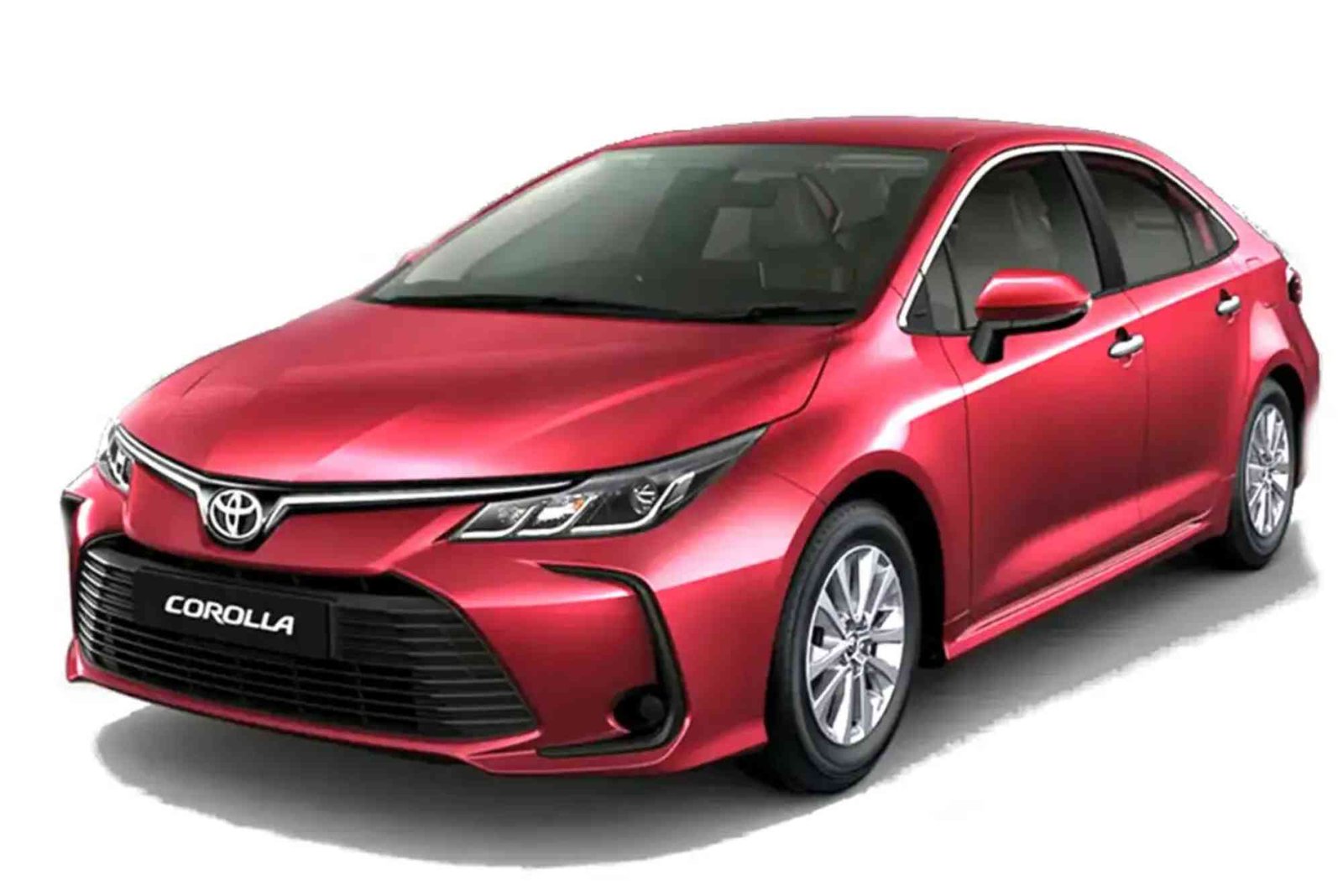Introduction
In today’s fast-changing online world, mastering digital marketing is no longer optional—it’s essential. Whether you are a small business owner, a freelancer, or part of a large enterprise, knowing how to digital: practical tips for marketing gives you a competitive edge. The digital space offers endless opportunities, but only when used strategically. This guide provides simple, actionable, and effective tips to help you succeed In Digital Marketing and create lasting results.
Understanding the Digital Landscape
The foundation of any successful marketing strategy starts with understanding the digital environment. Every platform, audience, and campaign behaves differently. What works on Instagram might not perform well on LinkedIn or email marketing. Therefore, it’s crucial to analyze where your audience spends their time and what type of content they engage with most.
The digital ecosystem includes social media, search engines, content marketing, and paid ads. Each platform serves a purpose. Social media builds relationships, SEO drives organic traffic, and content marketing positions your brand as an authority. Once you understand this, you can align your marketing efforts for maximum impact.
Building a Solid Digital Marketing Strategy
A well-structured digital strategy is the heart of successful campaigns. It should define your goals, identify your target audience, and establish a clear roadmap. Start with the basics—set measurable objectives like increasing website traffic, generating leads, or improving engagement. Then, choose the right channels based on your audience’s behavior.
Your content must reflect your brand’s voice and provide genuine value. Avoid overly promotional messaging; instead, educate and inspire your readers. Consistency in tone and posting frequency helps build credibility and trust.
Search Engine Optimization (SEO): Your Visibility Powerhouse
Search Engine Optimization remains one of the most vital aspects of how to digital: practical tips for marketing. SEO is not about stuffing keywords—it’s about creating meaningful, optimized content that search engines and users both love.
Start by conducting proper keyword research. Ask yourself, What is Keyword optimization? Simply put, it’s the process of finding and using relevant words that your potential customers are searching for. To learn more, explore What Is Keyword.
Once you identify your main keywords, use them naturally in your titles, meta descriptions, and content. Structure your content with clear headings (H1, H2, H3) to make it easier for search engines to understand. Also, improve your site’s loading speed, mobile-friendliness, and internal linking to enhance user experience.
Social Media: Connecting Beyond Boundaries
Social media is more than just a platform for sharing updates—it’s a space for building communities. Every post, story, or comment shapes your brand image. Choose platforms that align with your goals. For example, Instagram and TikTok are great for visual storytelling, while LinkedIn works well for professional networking.
Use a mix of organic posts and paid ads to maximize reach. Engage with your audience through comments, polls, and direct messages. Remember, authenticity wins attention. People connect with brands that feel human, transparent, and consistent.
Content Marketing: Telling Stories That Sell
Content marketing is where creativity meets strategy. Blogs, videos, infographics, and podcasts all serve the same goal—educate and engage your audience. When done right, content marketing builds trust long before a purchase happens.
Start by creating a content calendar. Plan topics that address your audience’s pain points and provide actionable solutions. Quality always outweighs quantity. Every piece of content should serve a purpose—inform, entertain, or inspire.
Integrate internal links strategically to guide readers toward valuable resources. For example, you can connect relevant insights In Digital Marketing to give readers a deeper understanding of your topic.
Email Marketing: The Underrated Conversion Tool
Despite the rise of social media, email remains a powerful marketing tool. It provides a direct line to your audience and helps nurture relationships over time. Personalization is key—use your subscribers’ names, preferences, and past behaviors to send relevant messages.
Segment your email lists to deliver tailored content to different audiences. For instance, new subscribers can receive welcome emails, while loyal customers might get exclusive discounts. Include strong CTAs (Calls to Action) to encourage clicks and conversions.
Paid Advertising: Accelerate Your Growth
Paid ads can quickly amplify your brand’s visibility. Platforms like Google Ads, Facebook Ads, and Instagram Ads allow precise targeting based on demographics, interests, and behavior. Start with a small budget and monitor performance regularly.
Use A/B testing to compare ad variations and identify what resonates most with your audience. Ensure your landing pages are optimized to convert visitors into leads or customers. Remember, the goal isn’t just traffic—it’s relevant, high-quality traffic.
Analytics and Performance Tracking
No marketing strategy is complete without tracking results. Data-driven decisions lead to smarter marketing. Tools like Google Analytics, SEMrush, and HubSpot provide deep insights into traffic sources, user behavior, and conversion rates.
Regularly analyze your performance to see what’s working and what’s not. Adjust your campaigns accordingly. This continuous improvement process ensures your strategy stays relevant in the ever-evolving digital landscape.
Influencer and Affiliate Marketing
Collaborations with influencers and affiliates can boost credibility and reach. Influencers already have a loyal following, so partnering with them helps introduce your brand to new audiences. Choose influencers who align with your brand values and target market.
Affiliate marketing, on the other hand, allows others to promote your products in exchange for a commission. It’s a win-win strategy that expands your marketing reach without heavy upfront costs.
Mobile Optimization: Meeting Users Where They Are
Most people now access content via smartphones. That means your website, emails, and ads must all be mobile-friendly. A poor mobile experience can drive potential customers away. Ensure fast loading speeds, easy navigation, and responsive design.
Google prioritizes mobile-optimized sites in its rankings, so this isn’t just about user convenience—it’s an SEO necessity.
Video Marketing: Engaging the Modern Consumer
Video is one of the most engaging forms of content online. From short TikTok clips to in-depth YouTube tutorials, videos capture attention and convey messages effectively. Use storytelling to connect emotionally with your audience.
Create videos that solve problems, explain products, or share customer success stories. Include captions for accessibility and optimize titles and descriptions with relevant keywords.
Building Trust Through Transparency
In the digital world, trust is your currency. Consumers are more informed than ever and value transparency. Always deliver what you promise, share real testimonials, and handle feedback professionally.
Ethical marketing builds long-term relationships. Avoid misleading claims or clickbait tactics. Instead, focus on genuine communication that reflects your brand’s integrity.
Related Learning Opportunities
If you’re eager to explore more, check out this Related resource: in digital marketing. Staying updated with credible sources helps you adapt to new trends and technologies.
Knowing how to digital: practical tips for marketing is the first step toward online success. But knowledge alone isn’t enough—you must act consistently. Build a strategy, track your results, and refine your approach as you grow.
The digital world rewards creativity, authenticity, and persistence. By applying these tips, you’ll not only strengthen your online presence but also build meaningful connections with your audience. Start implementing these strategies today and see the difference in your business growth.
FAQs
What are the basic steps to start digital marketing?
Start by defining your goals, identifying your target audience, creating a content strategy, and optimizing your website for SEO.
How long does it take to see results from digital marketing?
It varies. SEO can take several months, while paid ads and social media may show faster results within weeks.
What are the best tools for digital marketing beginners?
Google Analytics, Canva, SEMrush, Mailchimp, and HubSpot are excellent tools for tracking and optimizing performance.
Is social media marketing enough for a business?
Not alone. Combine social media with SEO, content marketing, and email marketing for long-term growth.
How often should I post content online?
Consistency is key. Aim for at least two to three quality posts per week on your main platforms.
Can small businesses compete with big brands digitally?
Absolutely. With targeted strategies, creativity, and consistency, small businesses can outperform even larger competitors online.




